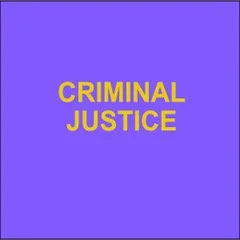By Minnesota Senate, Joint Transportation and Judiciary and Public Safety Committee Minnesota Senate
After George Floyd’s death, Minnesota experienced an unprecedented series of riots (primarily in the Twin Cities area) that included arson, vandalism, looting, homicides, and assaults. As these riots grew, local law enforcement and law enforcement from around the state were so completely over whelmed it was necessary to activate the entire contingent of the Minnesota National Guard in order to restore law and order. Activation of the full Minnesota National Guard had not occurred since World War II. Lives were lost, over 1,500 businesses and buildings were burned, approximately $500 million in property damage occurred, and community morale was deeply affected. As a result of these events, the Minnesota Senate convened several joint committee hearings consisting of members from the Transportation Finance and Policy Committee and the Judiciary and Public Safety Finance and Policy and Finance Committee (the Joint Committee). The Joint Committee’s purpose was to compile the facts, reach conclusions regarding the efficiency of state and local governments’ responses, and make recommendations to prevent similar catastrophes in the future. As the hearings progressed and the facts were examined, a theme emerged highlighting the response of both the state and local governments and their respective elected officials. The main themes that led the Joint Committee to the conclusions and recommendations found in this report were: 1. Failure to Lead: Executive leadership at the state and local level failed to distinguish between demonstrators and rioters. Furthermore, leaders failed to provide the guidance Minnesotans expect from their offices. 2. Philosophical Conflict Caused a Hesitation to Confront Ideological Allies: Minnesota Governor Tim Walz and elected local leaders identified with the causes promoted by the demonstrators, causing them to lose sight of their responsibility to protect the public from criminal acts committed during the riots. 3. Underestimation of the Escalation and Organization of the Riots: Governor Walz did not realize the severity of events as they unfolded, resulting in a delayed reaction and increased violence. 4. Refusal to Confront Criminal Violence with Force: Governor Walz and Minneapolis Mayor Jacob Frey initially chose to negotiate with and appease the rioters rather than give law enforcement the authority to confront criminal acts with enough force to restore law and order. A primary responsibility of the Office of the Governor of the State of Minnesota and local elected officials is to protect the public. Inaction on the part of state and local officials led to an increase in violence. This summary is based on evidence presented to the Joint Committee and throughout this report. The Joint Committee’s conclusions and recommendations contained in this report are supported by over 350 fact citations from hearings, press conferences, news articles, data practice requests, and written testimony.
St. Paul: Joint Transportation and Judiciary and Public Safety Committee Minnesota Senate, 2020. 61p.




